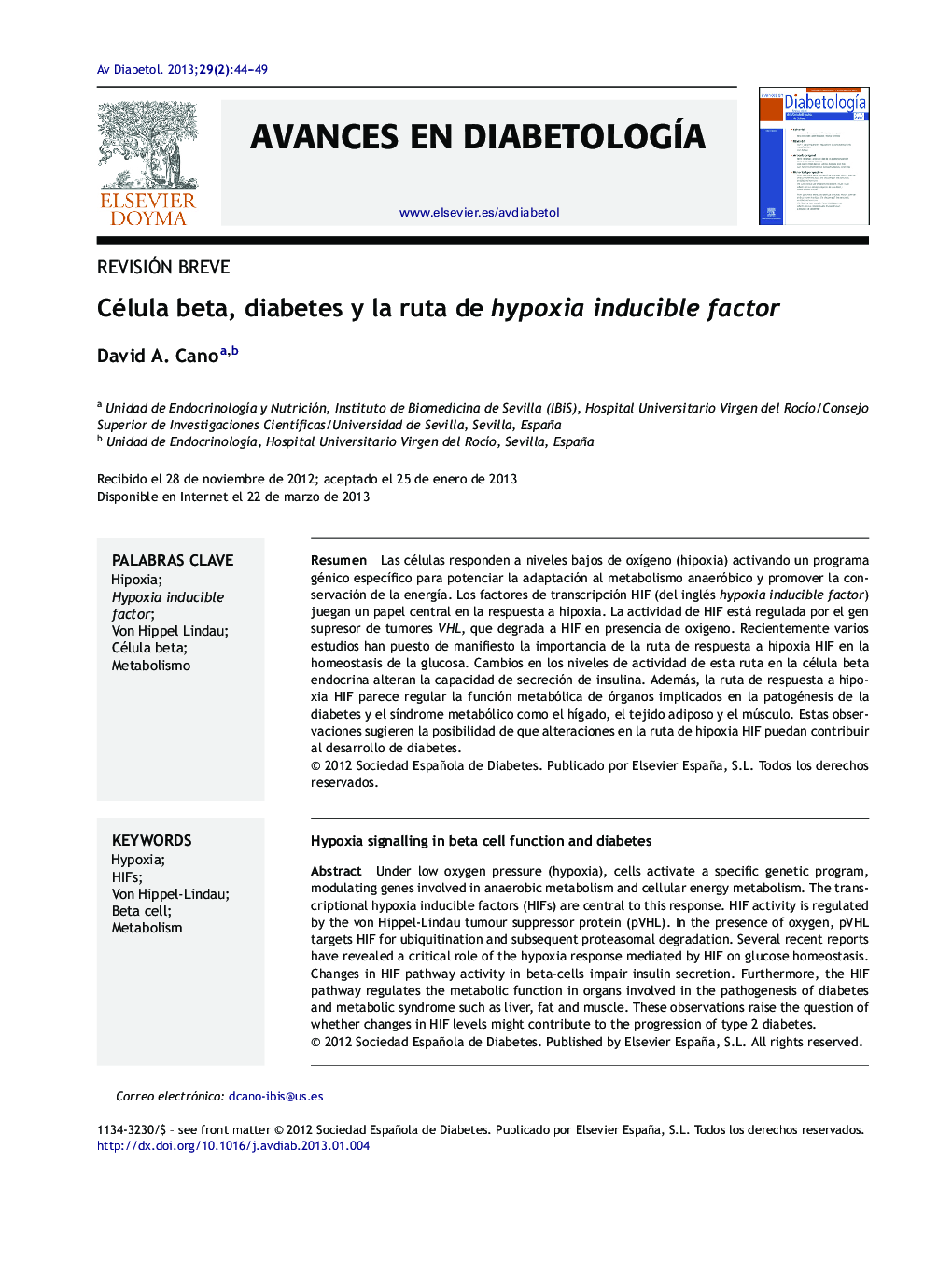| Article ID | Journal | Published Year | Pages | File Type |
|---|---|---|---|---|
| 3253791 | Avances en Diabetología | 2013 | 6 Pages |
Abstract
Under low oxygen pressure (hypoxia), cells activate a specific genetic program, modulating genes involved in anaerobic metabolism and cellular energy metabolism. The transcriptional hypoxia inducible factors (HIFs) are central to this response. HIF activity is regulated by the von Hippel-Lindau tumour suppressor protein (pVHL). In the presence of oxygen, pVHL targets HIF for ubiquitination and subsequent proteasomal degradation. Several recent reports have revealed a critical role of the hypoxia response mediated by HIF on glucose homeostasis. Changes in HIF pathway activity in beta-cells impair insulin secretion. Furthermore, the HIF pathway regulates the metabolic function in organs involved in the pathogenesis of diabetes and metabolic syndrome such as liver, fat and muscle. These observations raise the question of whether changes in HIF levels might contribute to the progression of type 2 diabetes.
Keywords
Related Topics
Health Sciences
Medicine and Dentistry
Endocrinology, Diabetes and Metabolism
Authors
David A. Cano,
